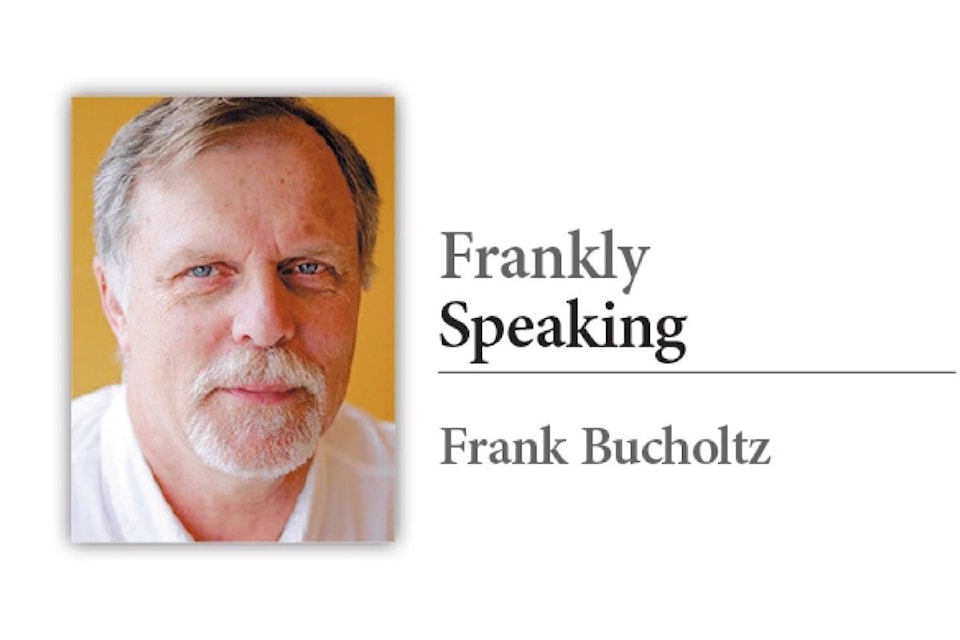Much has been said about the strategic importance of Surrey and the South Fraser region in this year’s provincial election.
It is safe to say the suburban areas of the Lower Mainland and Fraser Valley are key battleground ridings. If they mostly remain in BC Liberal hands, the party led by Christy Clark will form the next government. If a good number switch to NDP, John Horgan will lead.
Both parties have promised to reduce or eliminate toll bridges, aiming their message at swing voters. They know that many potential voters are upset about how much money those tolls take out of their pockets. Both leaders have made many appearances in Surrey, where at least three of the nine ridings are genuine toss-ups.
The dramatic growth in population led the most recent Electoral Boundaries Commission to recommend that two new seats be added to the legislature – one in Richmond and one in Surrey – to take the total number of MLAs up to 87.
The South Fraser region is among the fastest-growing in the province. Richmond, Delta, Surrey, White Rock and Langley were, for many years, in one riding called Delta, represented by one MLA. When this election is over, there will be 17 MLAs in Victoria representing those communities – almost 20 per cent of the total.
Voters’ lists show the astonishing growth of the area, and how important it’s become on the provincial scene.
In the provincial election of 1920, the Delta riding had 4,305 registered voters. Women were first given the right to vote in April 1917 – 100 years ago. Mary Ellen Smith was the first woman elected to the legislature, in a 1918 byelection.
The South Fraser area really began to grow in the 1930s, as people came from the drought-ravaged Prairies. By the 1937 provincial election, there were 13,584 registered voters.
The population growth continued during the Second World War and really exploded after. By the 1952 election, when W.A.C. Bennett led Social Credit to power, there were 45,805 voters here. Incredibly, there was still just one MLA.
In 1956, the riding got a second MLA but stayed the same size, until 1966, when the huge Delta riding was broken up into four seats – Richmond, Delta, Surrey and Langley.
In 1972, when the first NDP government was elected, the four seats combined had 158,543 registered voters.
In the 1986 election, the Richmond, Delta and Langley ridings had all become two-member ridings, and Surrey was now represented by three single-member ridings – Surrey-Guildford-Whalley, Surrey-Newton and Surrey-White Rock-Cloverdale. Thus there were now nine MLAs in the former Delta riding.
Representation has continued to increase since then, particularly in Surrey, which went from three to five to seven, eight and now nine MLAs.
How many people now live in what was once the Delta riding? According to the Electoral Boundaries Commission report, the population of the 17 ridings in 2015 was 964,849. Of those, 530,449 were in Surrey.
And it continues to grow.
Frank Bucholtz writes Fridays for the Surrey Now-Leader. He can be reached at frank.bucholtz@gmail.com
